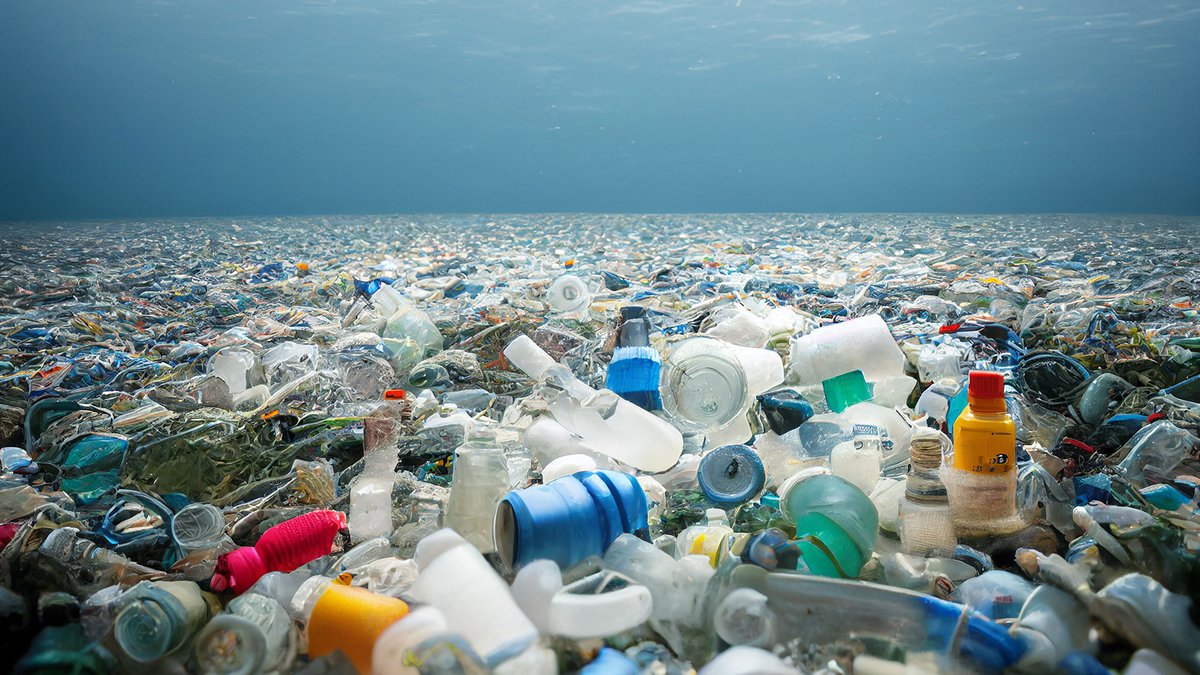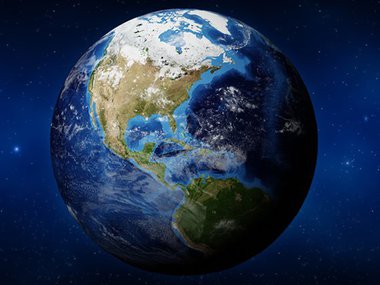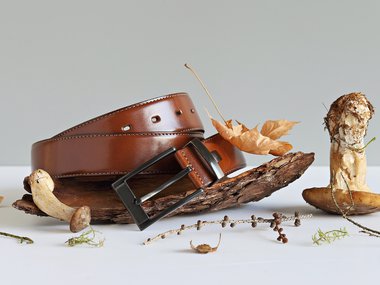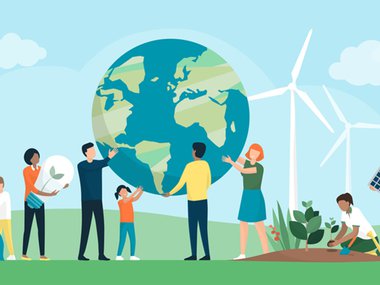Question Your World: Are Biotools the Future of Plastic Waste Clean Up?
Humanity produces around 300 million tons of plastic every year and sadly a vast portion of that is single-use plastic. As in, it ends up getting thrown away, usually ending up as unappealing and destructive waste in our water systems and natural landscapes. If only there was an easy way to clean up all that trashed plastic! Are biotools the future of plastic waste clean up?
For years we’ve heard about using organisms like bacteria or fungus as a solution to break down plastics. Over 400 microorganisms have been identified as potential plastic-degrading biotools. In fact, there was just another paper published on a fungus that broke down some plastics within 140 days. Not bad!
So, if we have options like this, why are we not able to use them to address the world’s growing plastic waste problem? There are a few factors involved here. Let’s get the big one out of the way first: evolution by natural selection.
Evolution is happening 24 hours a day, seven days a week. It does not even take a lunch break, folks! That said, evolution takes time, sometimes millions of years before new traits arise. Even organisms that go through generations quickly, such as bacteria, still need time to adapt to new opportunities ... if they can. Plastic has only been on Earth for about seventy years, which is fast in evolutionary terms. This means the relationship between some living things and plastics could continue to evolve as time progresses but we shouldn't expect immediate change just yet.

Image credit: Getty Images
Currently, however, there have been a lot of impressive research papers on the many different types of fungi and bacteria that can break down plastics. A challenge facing scientists here is how to properly contain this type of biotech once it has hit an industrial scale. In very safe and monitored lab settings, researchers have had some successful results, but how would this work out in the real world, outside of lab parameters?
We’ve all seen Jurassic Park, right? Life … uhh … finds a way!
What steps would we need to have in place to ensure that it only targets the plastic we want to get rid of and not important plastics we need, like plastic components of our shoes, kitchen item or vital parts of our homes, just to name a few?
Another issue to address would be the reality that not all plastics are created the same. Thus a single fungus or bacteria may be good at a specific type of plastic, but we are producing many types of plastics. This biotech can’t be a one-stop shop for ridding all of our diverse array of plastic waste.
Lastly, many of these natural plastic degrading options will leave waste of their own. We consume all day long—fruits, veggies, grains, etc.—and because of this, we also excrete waste, right? Same situation here. This recently researched fungus broke down some plastic to its basic components. What do we do with the remaining basic subunits used to make the plastic? There’s still no solid answer for that.
This research is necessary, though, because it gets us closer to understanding how we can create eco-friendly solutions to specific hazards and wastes. Perhaps one day there will be an ability to harness an enzyme from a bacteria or fungus and synthesize it to be able to be sprayed over plastic wastes. We’re not there yet.
Fear not though: scientists do have a great solution to how we can reduce our plastic waste.
It’s by, well, reducing our plastic consumption! Cutting-edge research will continue, but the best way for us to actively take a role in reducing waste right now is simply to reduce our production and consumption of plastic. A nice coffee thermos, using reusable grocery bags, skipping the straw on your drink orders, refillable cleaning product containers and many other day-to-day decisions can help lower your plastic waste output.
Check out more info on plastic science and ways you can become more resilient from some of our blogs.


